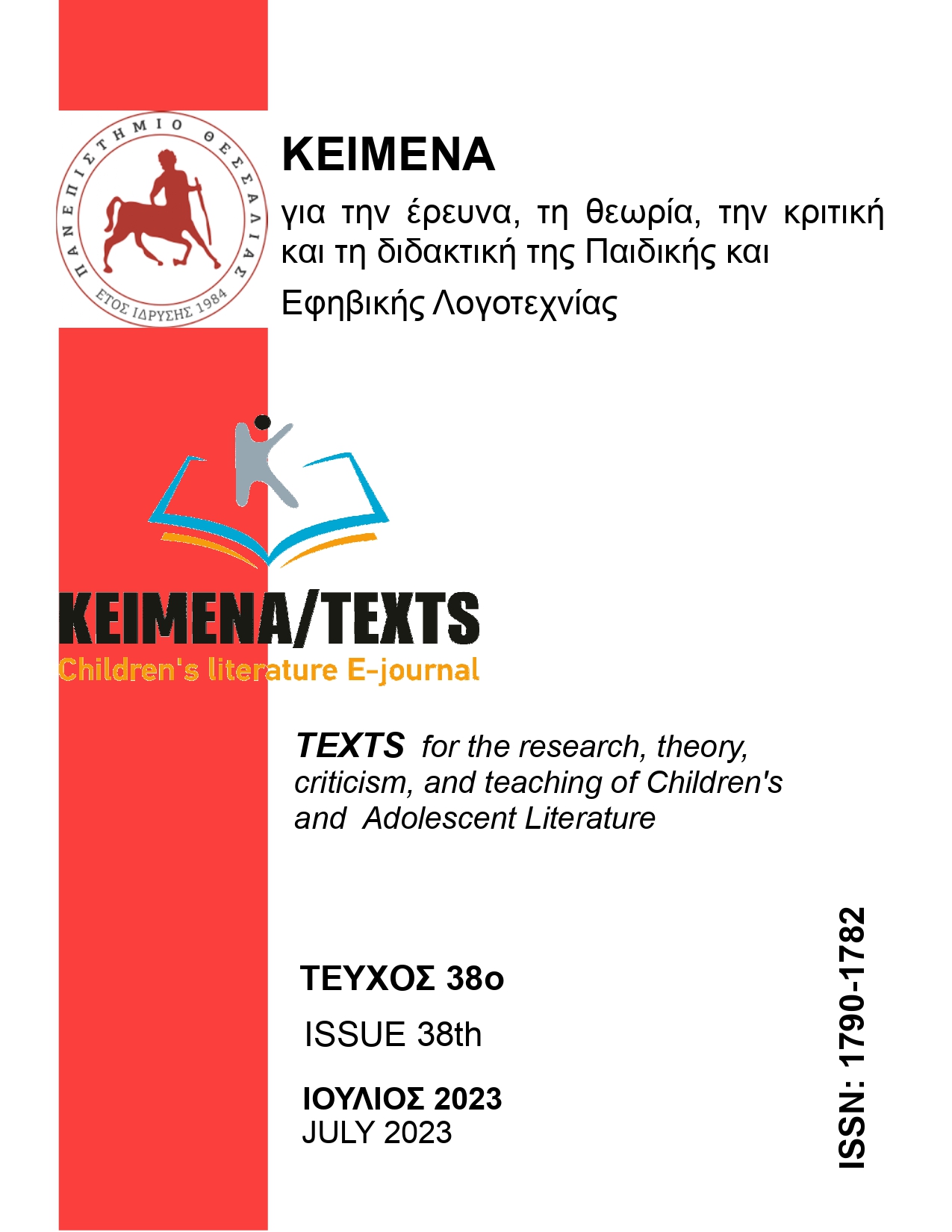Η έννοια της διασκευής σε έργα με αποδέκτη το παιδί. Σύγκριση και σχολιασμός του ιδεολογικού υπόβαθρου γραπτής πηγής και διασκευής. Χάιντι: από το βιβλίο στη μικρή οθόνη
DOI:
https://doi.org/10.26253/heal.uth.ojs.kei.2023.1904Keywords:
Λέξεις κλειδιά: διασκευή, άνιμε, Χάιντι, ιδεολογία, Νέα Κριτική.Abstract
This paper elaborates on adapting children’s literature into a television series. It’s a case study of the adaptation of the book Heidi, written by Johanna Spyri in 1880, into the Japanese anime television series Heidi, Girl of the Alps, aired in 1980. The study focuses on ideological differences between the literary source material and the television adaptation. The research approach is based on the principles of the literary theory of New Criticism, which emphasizes the structural elements of the story (theme, structure, narrator’s point of view, scenery, plot, and the qualitative elements of the characters). Through this approach, the ideological fundament of any story can be unveiled. The adaptation of Heidi into an anime is commentary, meaning that several elements have been changed, but the central theme still lies at the core of the series. Specifically, the theme, the structure, and the scenery are, to a certain degree, comparable to the book, whereas the plot has been enriched, and the characters have been given more depth. Most significantly, though, the narrator’s point of view has been altered, changing the ideological fundament of the story. It’s exempted from the strict, religious underlying theme which runs through the literary source, and the child’s point of view is celebrated, presenting the whole spectrum of emotions through various experiences in a child’s life. The adaptation of Heidi into an anime reinvents an all-time classic piece of children’s literature, breathing new air into it and introducing it to a new generation of children worldwide.

